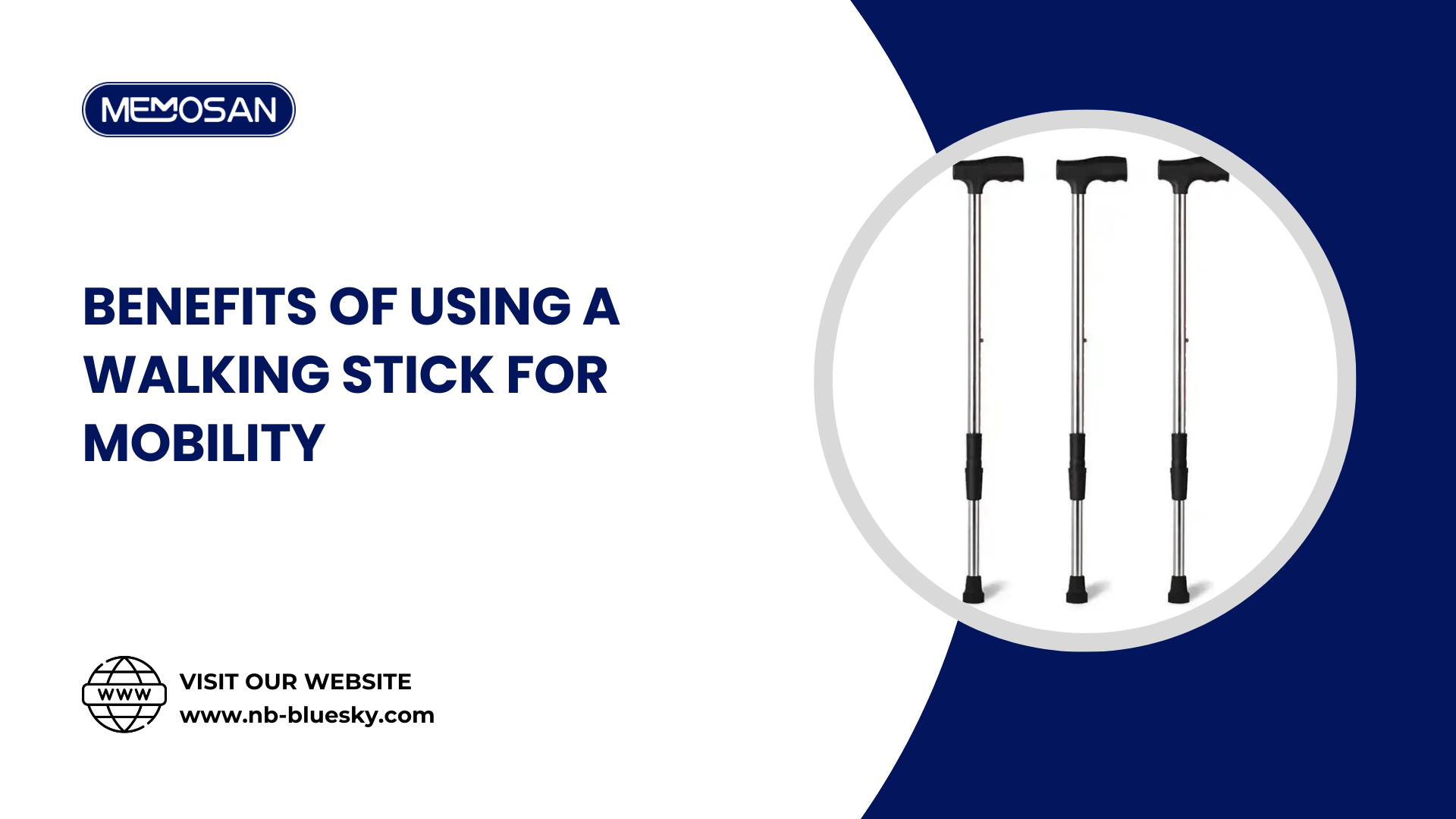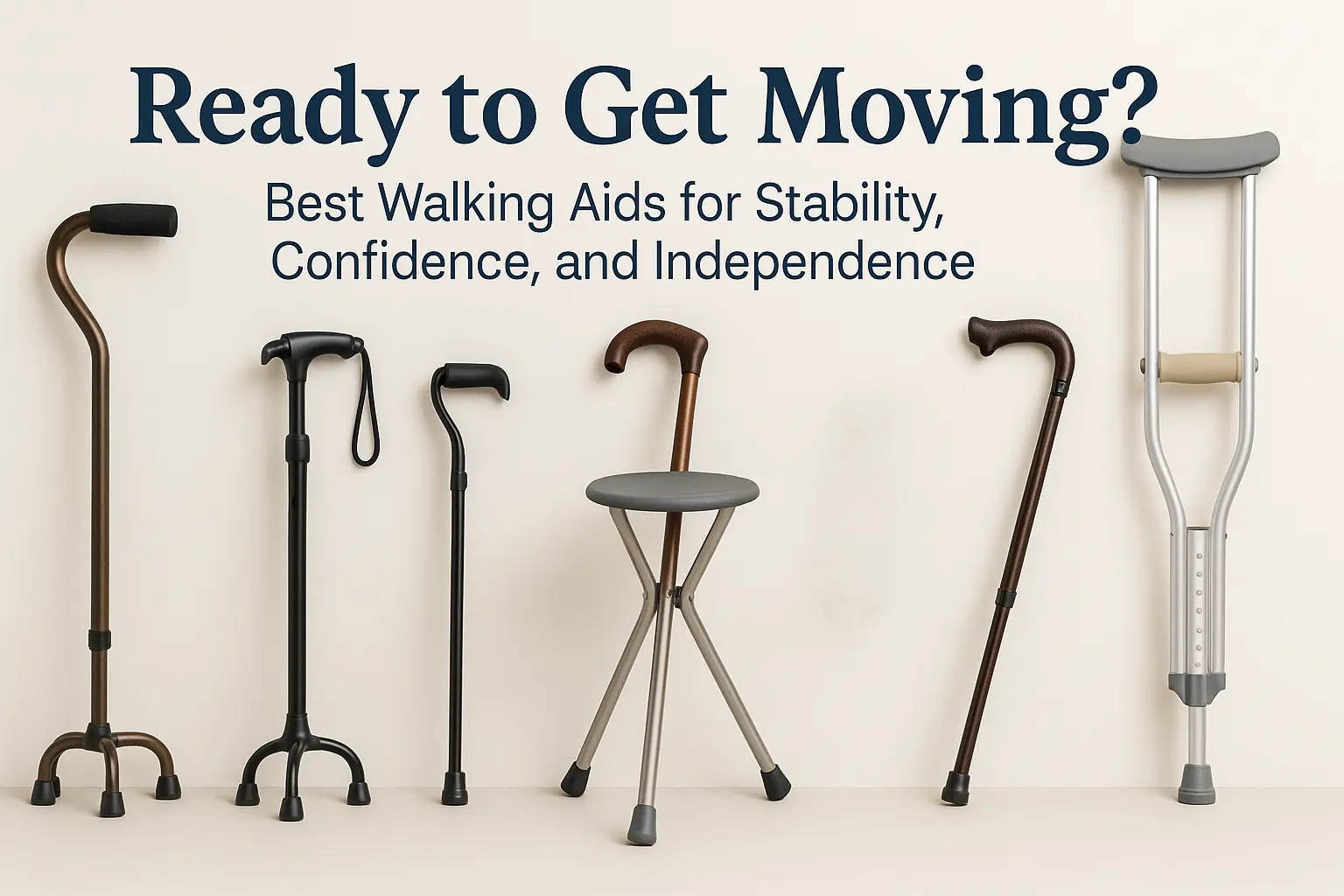A walking stick can improve mobility and freedom in various ways. Its primary function is to lower the danger of falls by adding stability and balance, which is especially important on uneven surfaces. For people with arthritis or those recovering from injuries, this straightforward device helps distribute body weight more evenly, reducing stress on the joints and muscles. Additionally, by encouraging an upright stance, using a walking stick can improve posture and help avoid long-term musculoskeletal problems. Additionally, it gives users more mobility and enables them to engage more fully in everyday activities, which allows them to develop a sense of independence.
Introduction
A walking stick is more than just mobilizing help. It is sometimes thought of as only a support item. Historically, walking sticks have been employed as symbols of authority and social standing, as well as practical mobility aids and fashion statements. Their function has changed to accommodate the needs of contemporary living, and they now provide vital independence and help to people who struggle with movement. This blog examines the many advantages of a walking stick, including improved balance, less physical strain, and increased mobility confidence.
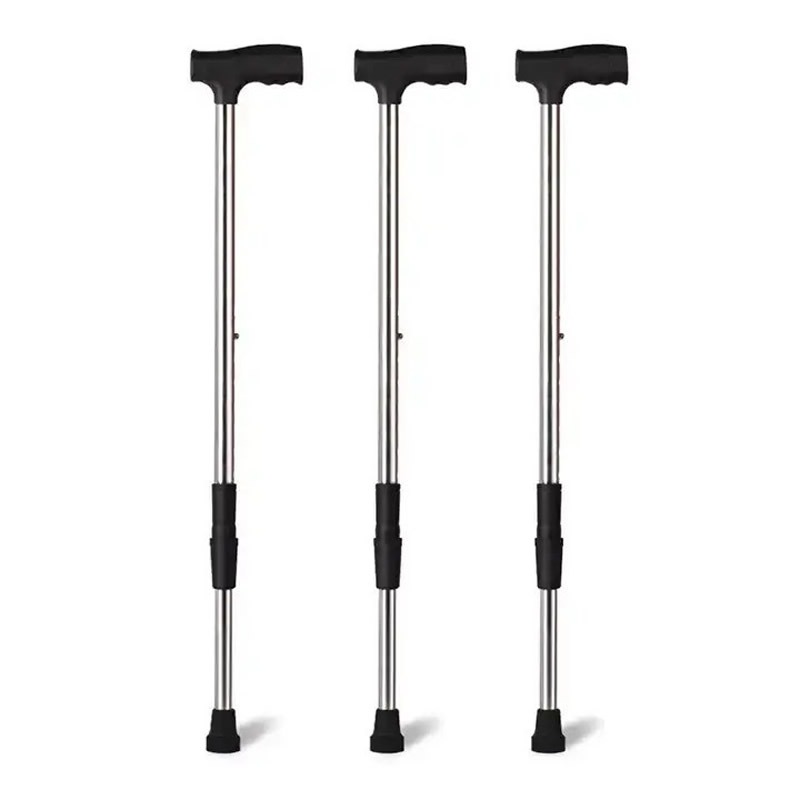
Historical Context of Walking Stick
The walking stick has a complex historical background, dating back to ancient societies when it served as a helpful support tool and a representation of authority and power. Pharaohs and other high-ranking officials in ancient Egypt used walking sticks decorated with elaborate carvings and gems to symbolize their status. It evolved into a stylish adornment worn by European aristocracy throughout the Renaissance, signifying their social standing and level of riches. The walking stick has developed into a commonly used mobility tool from these esteemed beginnings. The walking stick is still a valuable tool in modern times, assisting many people in overcoming mobility obstacles with confidence and ease.
The Scientific Background of How a Walking Stick Improves Stability
Applying a walking stick to improve stability is based on biomechanics and physics. Using a walking stick, a person effectively expands their support base by adding a third point of contact with the earth. This triangular arrangement dramatically improves the user’s balance and stability, particularly on uneven terrain or difficult walking situations.
From a biomechanical standpoint, the walking stick functions as a lever, enabling the user to disperse their body weight through the stick and across their legs. This force distribution can be advantageous for people with joint discomfort or weakness since it lessens the pressure on the lower body, especially the knees, hips, and spine.
Additionally, walking sticks can be especially helpful for adjusting patterns of walking. They facilitate better movement synchronization and more steady movement patterns, reducing the risk of falling. As a result, the walking stick promotes psychological confidence and supports physical stability, resulting in safer and more pleasant walking.
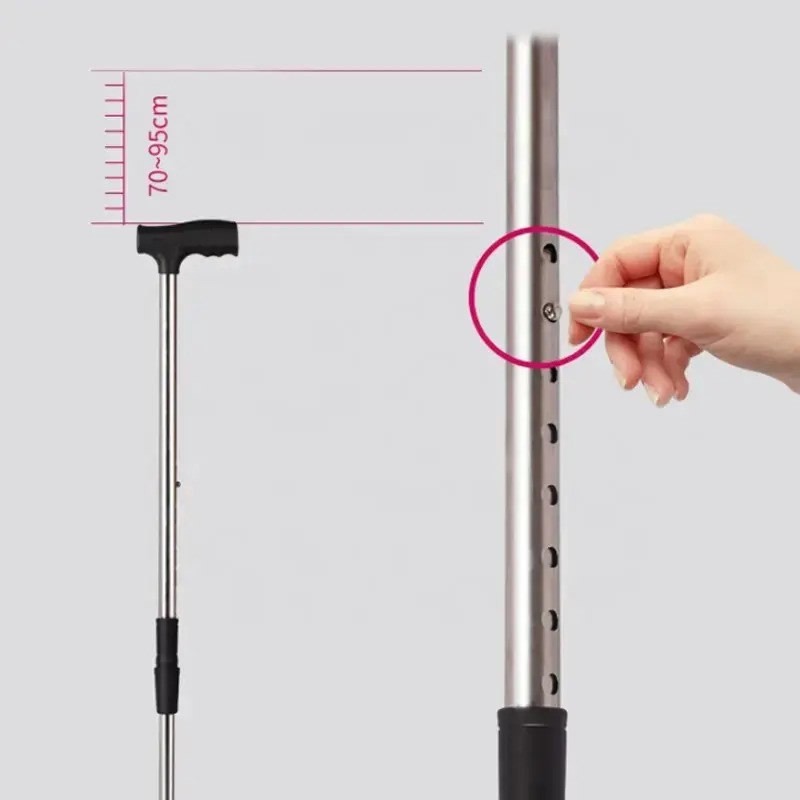
Benefits of Using Walking Stick
Improved Balance and Stability
Extra Points of Contact: By adding another point of contact with the ground, walking sticks help to create a triangle basis, which improves stability.
Situations of Compromised Balance: This is especially helpful in unstable balance situations, such as on slick surfaces, steep inclines, or uneven terrain.
Increased Independence and Mobility
Maintenance of an Active Lifestyle: Using a walking stick makes it easier to go farther on foot and overcome obstacles, encouraging an active lifestyle.
Psychological Benefits: Mobility and independence increase self-esteem and reduce dependency on others, promoting self-sufficiency.
Reduced Load and Less Joint Stress
Body Weight Distribution: By supporting a portion of the user’s weight, the stick helps relieve joint stress and lessen tiredness throughout the body.
Advantages of Joint Pain and Rehabilitation: This is particularly advantageous for people recovering from surgery, dealing with arthritis, or just feeling general joint pain.
Improved Posture and Walking Mechanics
Promotes Upright Posture: By offering support and alignment, a walking stick regularly aids in maintaining a more natural posture.
Long-Term Posture Benefits: Good posture helps improve digestion and breathing while lowering the risk of musculoskeletal problems.
Versatility and Adaptability
Wide Range of Walking Sticks: To accommodate different walking situations and heights, there are telescopic, foldable, and adjustable models available.
Meeting Various Needs: Every kind of stick is designed for a particular use, such as rugged outdoor use or portable choices.
Safety Features
Non-Slip Grips and Reflective Materials: Improve traction in damp circumstances and boost visibility in areas with poor lighting to avoid accidents.
Safety Features: Safety features are vital for safeguarding and preventing users in various settings.
Types of Walking Sticks
There are numerous varieties of walking sticks, each made to fit a particular set of requirements and settings. Below is a thorough explanation of the various kinds of walking sticks:
Standard Walking Sticks
Single-Point Sticks: These are the most popular kind. They are usually constructed of metal or wood, with a straightforward handle and a rubber tip that provides minimal movement help.
Ideal for: People who require a little assistance with stability and balance when they go on frequent walks.
Specialty Walking Sticks
Quad Cane: With its four-footed base, the quad cane offers more stability than a single-point stick, making it the perfect option for anyone who struggles with balance.
Folding Sticks: Folding sticks are convenient to transport and store because they can be folded into a more compact size. They are perfect for occasional use or travel.
Ideal for: People who require a more sturdy basis or those with certain medical conditions like arthritis.
Walking sticks with adjustable lengths
Telescopic sticks: These are height-adjustable, so the user can tailor the stick to meet their unique demands for comfort and efficiency.
Ideal for: Users who might need to modify their height to account for varying terrain or their choice of shoes.
Cutting-Edge Technology Walking Sticks
Bright Canes: Enhanced user safety with features including fall detection, GPS navigation, and emergency notifications.
Ideal for: Users with strong tech experience or health issues must be closely watched.
Hiking Poles
Trekking Poles: These poles are meant for outdoor use and are constructed with shock-absorbing features and lightweight materials like carbon fibre.
Ideal for: Outdoor enthusiasts who need more stability on unpaved surfaces and assistance in preserving speed and stamina.
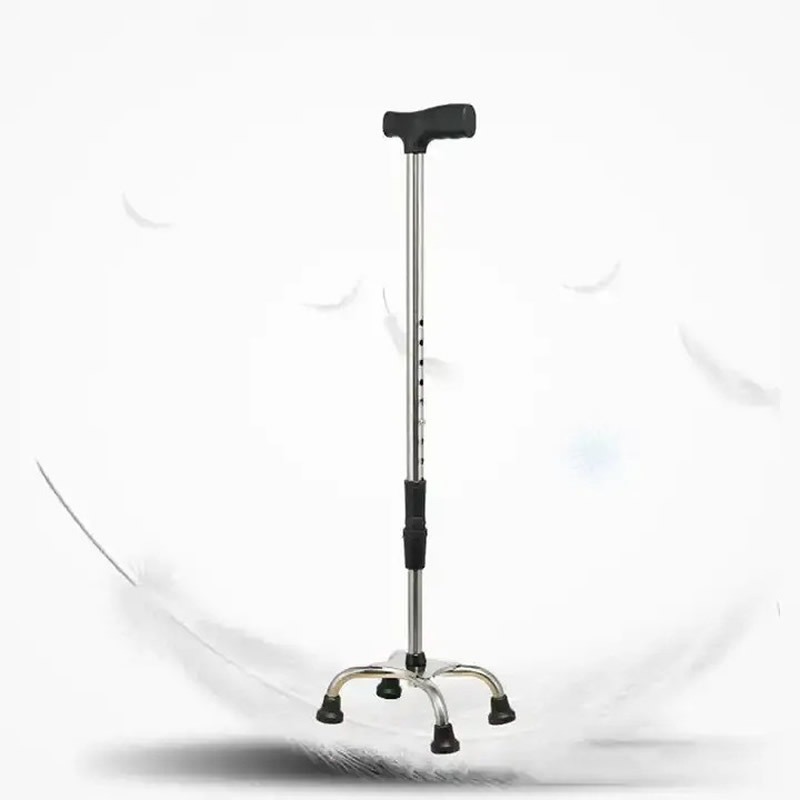
There is a walking stick for almost any need or lifestyle. They all improve mobility, offer stability, and accommodate various walking needs.
Choosing the Right Walking Stick
Selecting the appropriate walking stick is essential to optimize both comfort and efficacy. Here are some important things to think about and advice for new users.
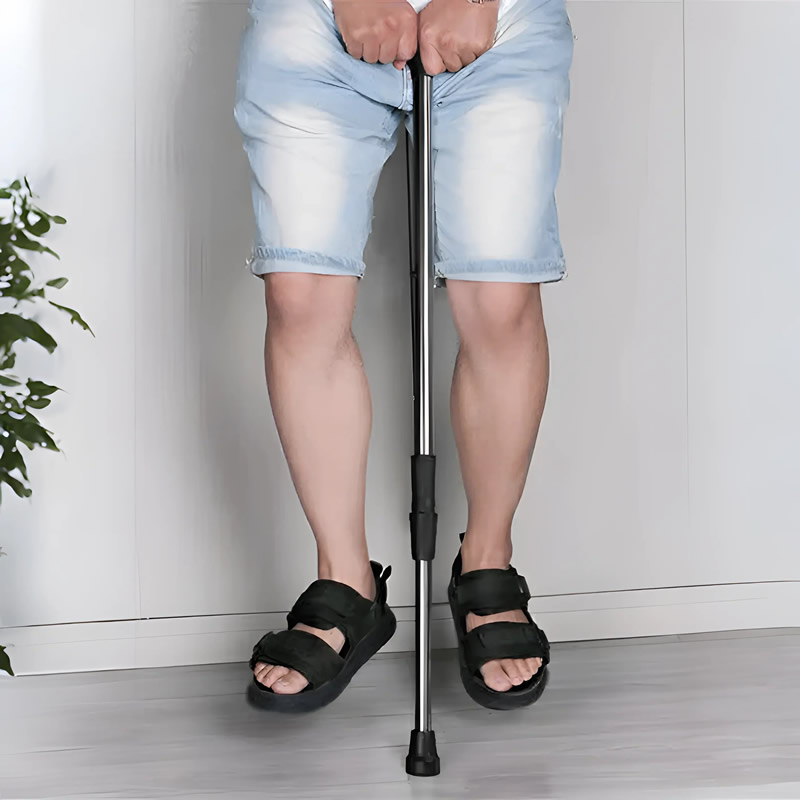
Factors to Consider
Height: To ensure the stick bears weight adequately and doesn’t strain you, it should reach your wrist while your arm rests at your side.
Grip Comfort: Select a pleasant handle for extended periods; ergonomic grips help lessen hand fatigue.
Material: Aluminum is a lightweight, strong material that is aesthetically pleasing. Carbon fibre has the best strength-to-weight ratio. Wood is another option.
Weight: While a slightly heavier stick may provide more stability, a lighter stick is easier to handle.
Choosing Depending on Needs
Select the material and type appropriate for the principal environment (challenging terrain, indoors or outdoors) where the stick will be utilized.
Tips for New Users
Start using it at home to get used to the weight and feel of the walking stick. Get comfortable walking on various surfaces by practicing.
By following these recommendations, you can ensure that the walking stick you choose will suit your lifestyle and mobility needs and offer the utmost comfort and support.
Maintenance and Care for Walking Sticks
To guarantee your walking stick’s longevity and functionality, you must maintain it. Here are some helpful caregiving advice:
Durability and Functionality
- To maintain grip and stability, regularly examine the tip for wear and replace it if necessary.
- Use a moist towel to wipe the stick clean of dirt or debris. To keep wooden sticks from drying out and breaking, apply wood polish on them occasionally.
Storage Solutions
- Store the walking stick in a dry, vertical posture to prevent bending or warping.
- It may curl if you place it against walls for extended periods.
Regular Inspections
- Check the entire stick regularly for loose components, cracks, and splinters.
- Make sure all movable mechanisms are safe and secure.
By following these maintenance guidelines, you can increase your walking stick’s lifespan and ensure it continues to be a dependable source of mobility assistance.
Final Thoughts
Walking sticks have numerous advantages that significantly improve mobility for people facing various obstacles. Walking canes reduce the chance of falling by offering more stability and balance, particularly on uneven terrain. Additionally, they promote greater mobility and independence, enabling users to take an active role in their everyday activities. Walking sticks also lessen load and joint stress, which is especially advantageous for people recovering from joint pain or rehabilitation.
If you’re having trouble moving around or just want extra assistance when you’re walking, consider getting a walking stick. It’s a valuable tool with psychological and physical benefits that can raise your quality of life.
FAQs: Walking Stick
What is a walking stick called?
A walking stick can also be referred to as a cane, trekking pole, hiker’s staff, or mobility stick, depending on its function.
Which type of walking stick is best?
The best walking stick depends on individual needs; adjustable and ergonomic models are famous for versatility and comfort.
How strong is a walking stick?
Walking sticks are pretty strong; most are designed to withstand substantial weight and pressure, with materials like aluminum offering high durability.
Who should use walking sticks?
Walking sticks are ideal for anyone needing extra support due to mobility issues, balance concerns, or during recovery from injuries.

